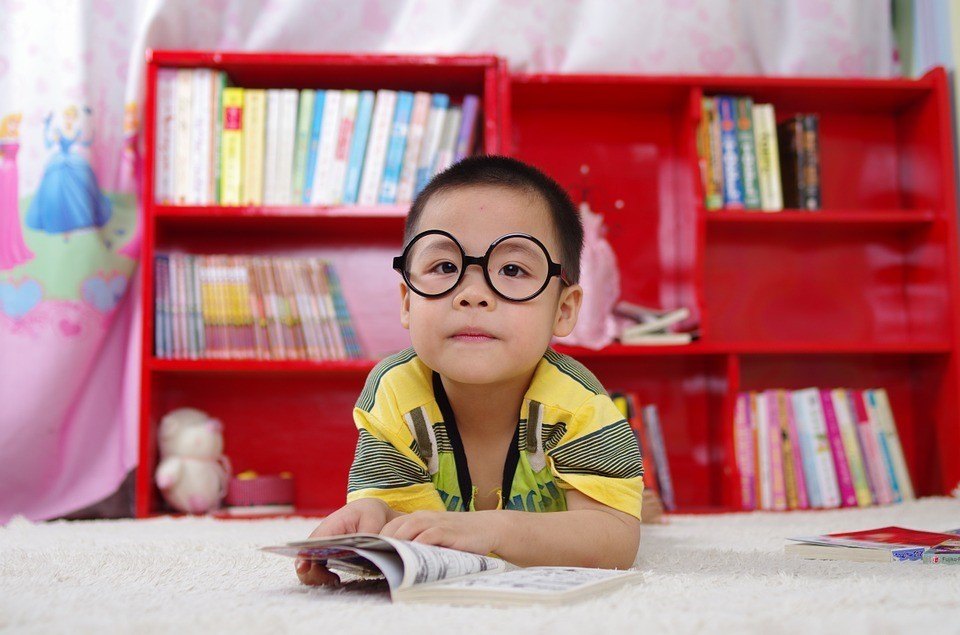
The most common vision problems in children are refractive errors (nearsightedness, farsightedness and astigmatism), amblyopia (lazy eye), strabismus and dyschromatopsia (changes in color vision).
Amblyopia or lazy eye affects about 2-5% of the population and is one of the most common causes of vision loss in developed countries. We must remain alert when the child is premature or there is a family history of lazy eye, refractive errors or retinal diseases. It is important to diagnose it as soon as possible. Although it is usually asymptomatic, some signs may
Strabismus affects between 3% and 6% of the population. It is necessary to diagnose it in time, since one of the causes that can trigger it is amblyopia, which can be corrected during childhood with treatment, while it can not be corrected in adulthood.
Some of the strabismus signs include:
Refractive errors (astigmatism, myopia and hyperopia) affect about 20% of children.
Myopia often appears around the age of 6 and usually comes with some of the following symptoms:
Hyperopia is usually physiological, which means it is present in most children at birth. However, it disappears as the eye grows. In some cases, however, it may persist during the rest of the life. An uncorrected high hyerpopia may cause amblyopia or strabismus.
It can show signs such as:
Other signs of vision problems can be the poor school performance of the child and the lack of attention and concentration, as well as white spots in the area of the pupil, discomfort to light, redness of the eyes, unnatural positions of the head for focusing, troubles distinguishing colors…
If any of these symptoms appear, it is essential to get an appointment with an ophthalmologist in order to perform a complete eye examination. It is important to remember that all children should undergo an ophthalmology examination around the age of 3 years old in order to detect any vision problems.
Contact us or request an appointment with our medical team.